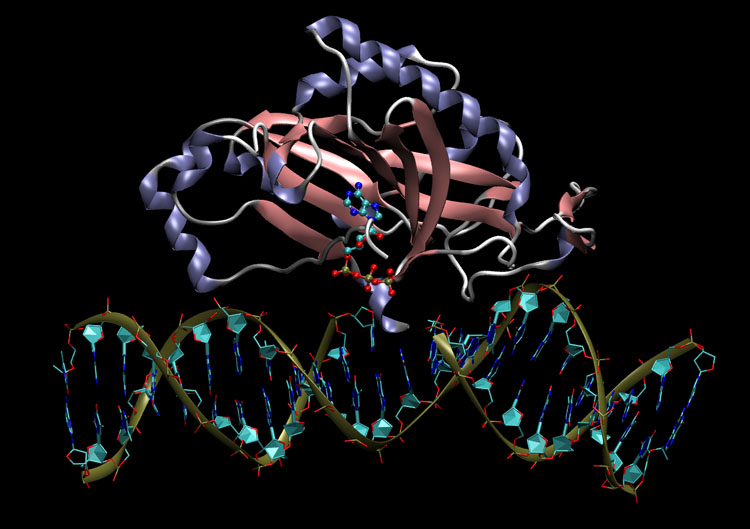It is necessary to detect highly variable regions in envelopes of viruses as it allows the establishment of the viruses in the human body. A new tool is developed to build and align the highly variable regions in HIV sequences.
NGlyAlign is an automated library building tool that allows easy alignment of highly variable HIV envelope regions [1]. It is an open-source tool and is freely available at https://github.com/UNSW-Mathematical-Biology/NGlyAlign_v1.0.
How NGlyAlign works?
This tool first finds similar N-glycosylation sites and statistically conserved global sites. Then it aligns them as block constraints and single-site constraints respectively. This allows generating consistency-based MSA of partial columns between the two such as Dialign. NGlyAlign results in accurate MSAs of variable regions in HIV envelopes [1].
NGlyAlign has been tested by the authors on two different datasets. The obtained results were found to be better than the other MSA tools including T-Coffee, ClustalW, Praline, Muscle, Clustal Omega, and HIValign [1]. According to the authors [1], this method is easily applicable to large sequences and other highly variable glycoproteins including the Hepatitis C virus.
References
- Akand, .H., Murray, J.M. (2021). NGlyAlign: an automated library building tool to align highly divergent HIV envelope sequences. BMC Bioinformatics 22, 54.



![[Tutorial] Installing VIAMD on Ubuntu (Linux).](https://bioinformaticsreview.com/wp-content/uploads/2023/12/viamd.jpg)

